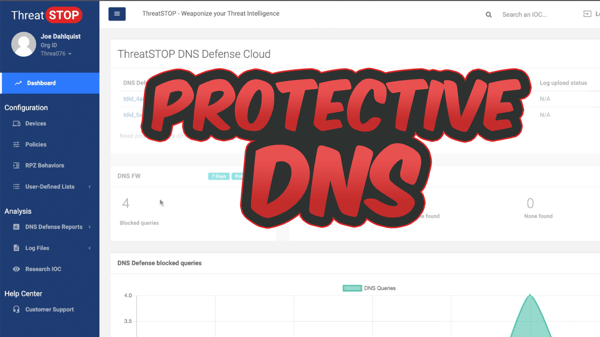January 13, 2016 • threatstopbme
Wearables: The New Security Attack Frontier
1Min read
•
Cybersecurity,
News/Announcements,
security,
threat intelligence,
ThreatSTOP in use,
wifi



